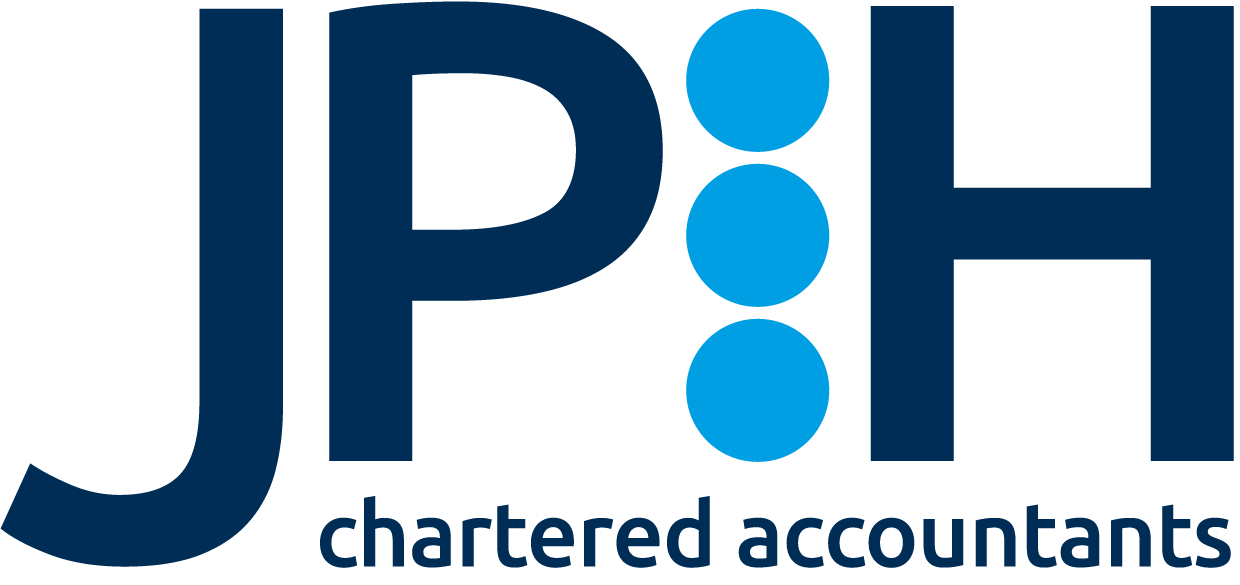VAT is one of the most complex aspects of the UK tax system, and VAT control accounts are one of the most complex aspects of VAT. But don’t worry – this article will guide you through everything you need to know.
What is a VAT control account?
Firstly, it’s important to understand how VAT works. VAT-registered businesses have to charge VAT on certain services and products they sell, later passing that tax onto HMRC via a VAT return. They can also reclaim VAT on items purchased for business use and may even receive a VAT refund from HMRC if they offset more than they collected.
Your VAT control account is part of your general ledger. It records all the VAT on your business’s sales and purchases, ensuring that the balance on the account accurately reflects how much should be owed to (or claimed from) HMRC.
So why is that important? If you don’t keep track of all the VAT you collect and pay, it can get confusing fast. By recording all the details of your transactions and the related VAT in a control account, you’ll be able to stay on top of your VAT obligations much more easily while reducing the chance of error. In fact, the figures on your return and control account should match.
That’s why VAT control accounts are such great accounting tools: you’ll be able to flag discrepancies more easily, giving you more control over your tax affairs and helping you stay compliant.
Where do entries come from?
To maintain your VAT control account, an accountant will analyse your books of prime entry, which just means the records where your transactions are first recorded. They then post the associated VAT to the control account.
Postings to the VAT control account could come from the following books of prime entry:
- sales day book
- purchases day book
- sales returns day book
- purchases returns day book
- cash book
- petty cash book.
Your accountant will follow the regular rules of double-entry accounting, and your postings will either be debit or credit entries.
Debit entries are the amount of VAT you have paid to suppliers and can therefore reclaim from HMRC.
Credit entries are the VAT that you have collected from customers and need to pay to HMRC.
VAT control account best practices
Prioritise recordkeeping
If you want to learn how to properly manage your control account yourself, our first piece of advice would be to ensure you maintain accurate records of income and expenditure. That means logging a VAT transaction as soon as it happens. Then, you should be able to retrospectively transpose the transactions into your VAT control account.
Rather than cramming everything in at the last minute, this approach should help you take your time and ensure you make minimal mistakes.
Utilise cloud accounting
Many cloud accounting platforms can help you manage your VAT control account. Using the right technology can further reduce the chance of error and speed up the process.
However, you should always make sure that the software you’re using is compatible with Making Tax Digital (MTD) for VAT.
Access expertise
Last but not least, consider hiring an accountant to manage your VAT obligations for you.
VAT is no simple task and you don’t want to get it wrong or let it distract you from your wider business activities. With a VAT specialist on your side, you won’t need to worry. They’ll streamline the process, giving you greater peace of mind and allowing you to focus on other parts of your business.
At John Potter & Harrison, we take accounting seriously. If you need help with your VAT control account, we’re here to help. Just get in touch with us today.


